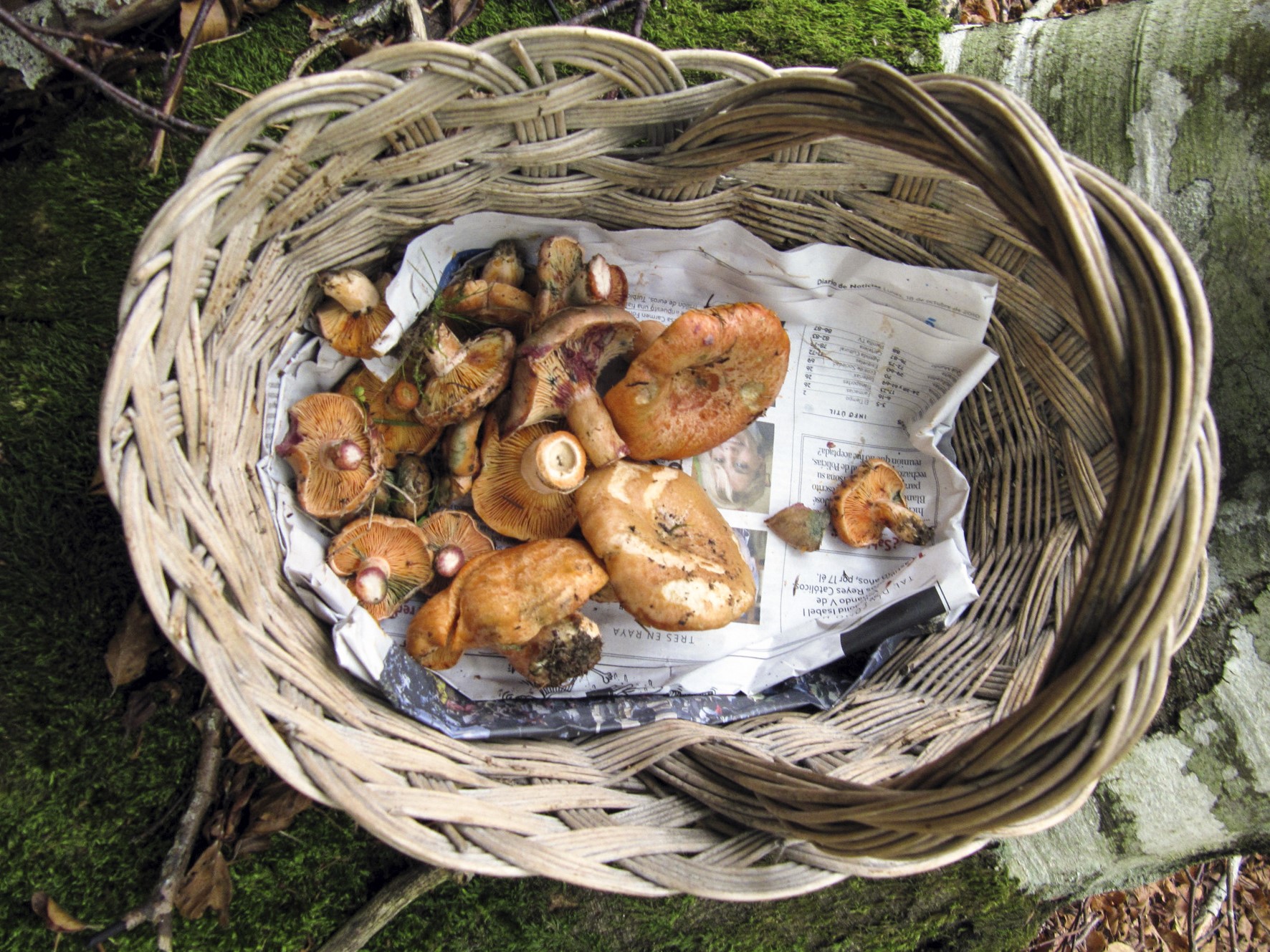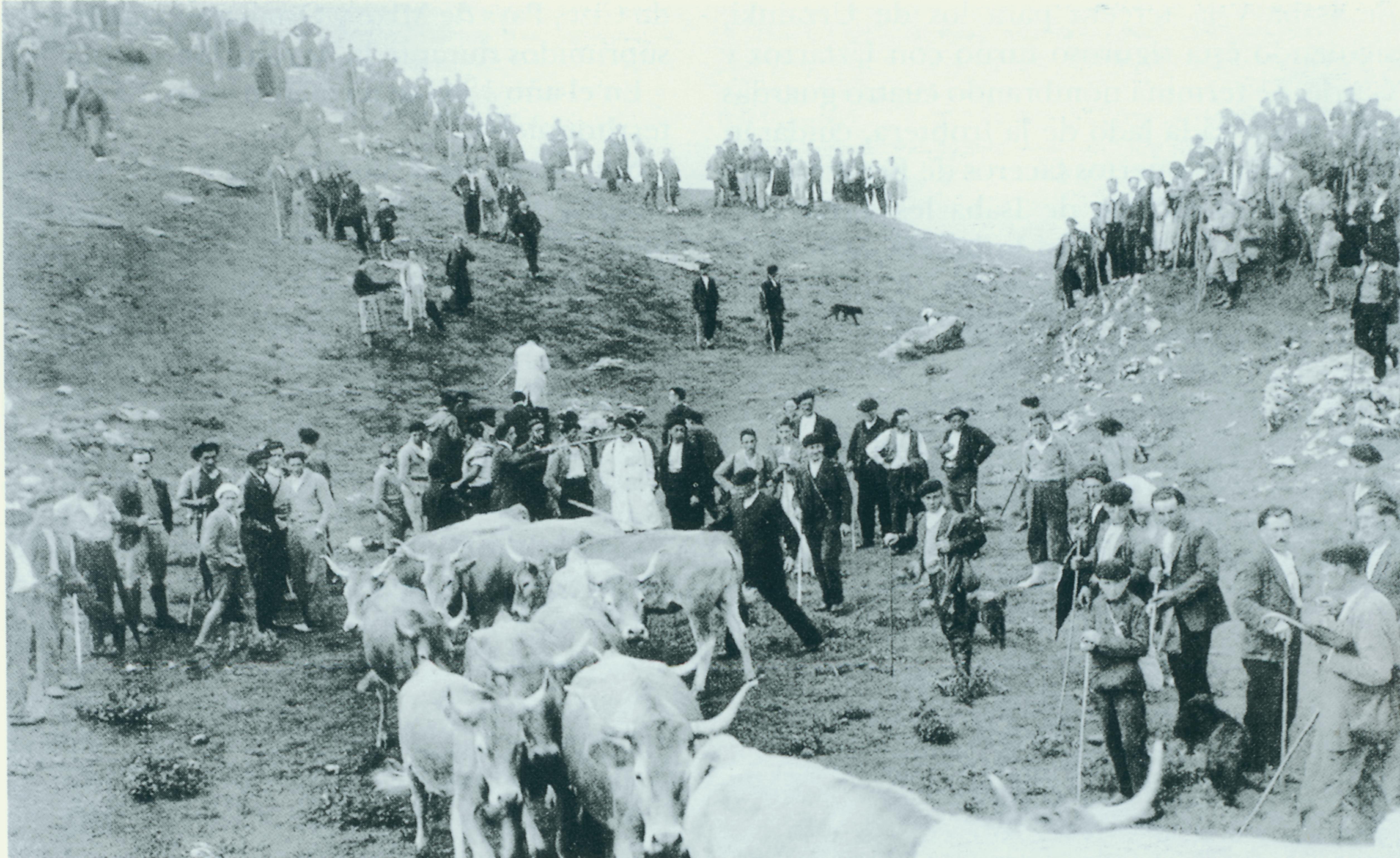Archives

Freshly cut saffron milk caps in Laza (Roncal Valley). Pablo M. Orduna.
Before permanently settling down, a nomadic hunter-gatherer system of living and working prevailed in many communities. In the Pyrenees seasonal migratory movement of transhumant herders with their livestock from the bottom of the valleys to mountain heights and from there to the banks of Ebro River still remains as a fading vestige of a former way of life. Yet a number of activities, formerly complementary to the acquisition of necessary food resources, have gained increasing interest, such is the case of hunting and wild mushroom picking, which now return with a renewed focus in terms of leisure and recreation. The impact of mushroom picking alone has indeed been significant, for it has attracted hordes of enthusiasts, a means of financial support to foster local development on the one hand, but potentially damaging to the natural and cultural landscape of the region on the other. (more…)

Tribute of the Three Cows at the Stone of St Martin chasm. Roncal Valley, c. 1930. Ojanguren Archive.
On a map borderlines mark the limits between regions and states. They are drawn tracing an imaginary line that connects a series of boundary markers and separates native land from foreign. What seemingly might be a mere distinction between cultures, from an ethnographic point of view is not quite that simple. Borderland cultures are never clear-cut and offer a whole range of possibilities. Multiple signs and symbolic rituals originate in border areas and develop to acquire solid tactical and human dimensions. (more…)

